
OneNote for OS X is nice, but Evernote's better [Review]
For jotting down digital notes, I prefer Evernote over any other app, including Google Keep and Microsoft OneNote. The main thing I like about it is the superb platform availability that allows me to use the service on every laptop, smartphone and tablet that I own. The sharing feature is also great; my girlfriend and I can seamlessly share and edit each other's notes and notebooks.
While Google Keep is not yet a strong contender for me, OneNote can be as good as Evernote. Some would argue it is even better. Because both my girlfriend and I use Windows Phone 8 smartphones, Microsoft's app would appear to be a natural choice. But, the lack of support for OS X means OneNote is a no-go, as I cannot use it on my MacBook Air. Until now.

Microsoft declares war on Evernote and Google -- OneNote now free and available for Mac
Successful people often go everywhere with a pad and pen. After all, you never know when an idea might materialize. However, as the technology age progresses, paper and pen is being replaced by smartphones and tablets. This is ideal, as it is easier to organize digital notes than paper ones -- syncing across devices and computers.
Many companies offer software solutions for idea retention and note taking. For example, Google offers Keep and let us not forget about the wildly popular Evernote. Microsoft also offers an amazing solution called OneNote, although it does not get the attention it deserves. Microsoft intends to change that, as today it announces a few major changes -- there is now a Mac version which will be free. Also free is the Windows version. Clearly, these moves signify Microsoft declaring war on competitors -- but is it enough?
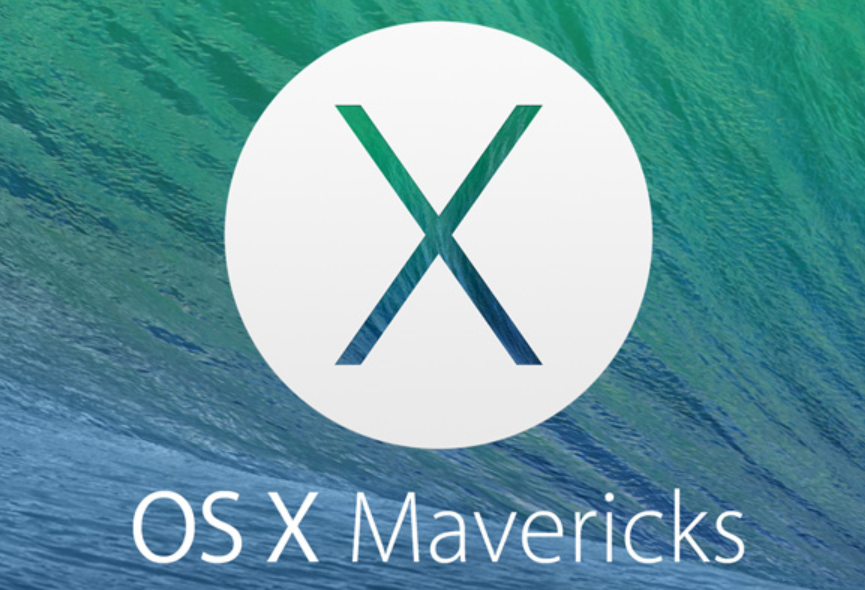
How to create a bootable OS X 10.9 Mavericks USB drive
If you do not fancy using the App Store or the built-in recovery mode to download and run the large OS X 10.9 Mavericks setup file, Apple gives you the option to create a bootable USB drive to install the operating system on your Mac. It is fast and works even when there is no Internet connection available.
The process is pretty straightforward, and does not require advanced skills, or downloading a dedicated third-party tool (although I will also explain how to use one, in case you decide or need to go down this road). All you need is an 8 GB USB drive (it can be larger), which you may already have lying around somewhere, and a Mac.
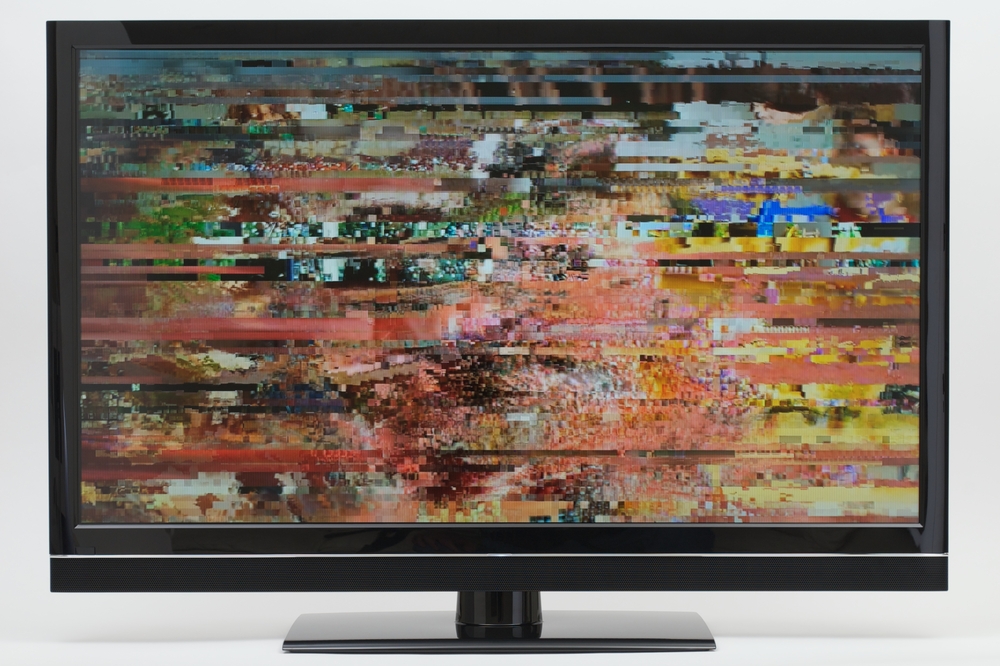
OS X 10.9 Mavericks to fully support 4K displays in upcoming update
Even though 4K displays have started to pop out for quite some time now, Apple has been lazy at fully supporting them in OS X 10.9 Mavericks. So when my colleague Brian Fagioli tested the Dell UltraSharp 32 Ultra HD he found that, while Windows 8.1 was able to adequately handle it, Apple's Mac operating system rendered the display "unusable".
The reason for this lies in the display settings made available by the OS. Those only allow folks to choose a lesser resolution like 1080p. Fortunately, that is set to change as Apple is readying an update for OS X 10.9 Mavericks that will soon allow users to take full advantage of what 4K displays have to offer.
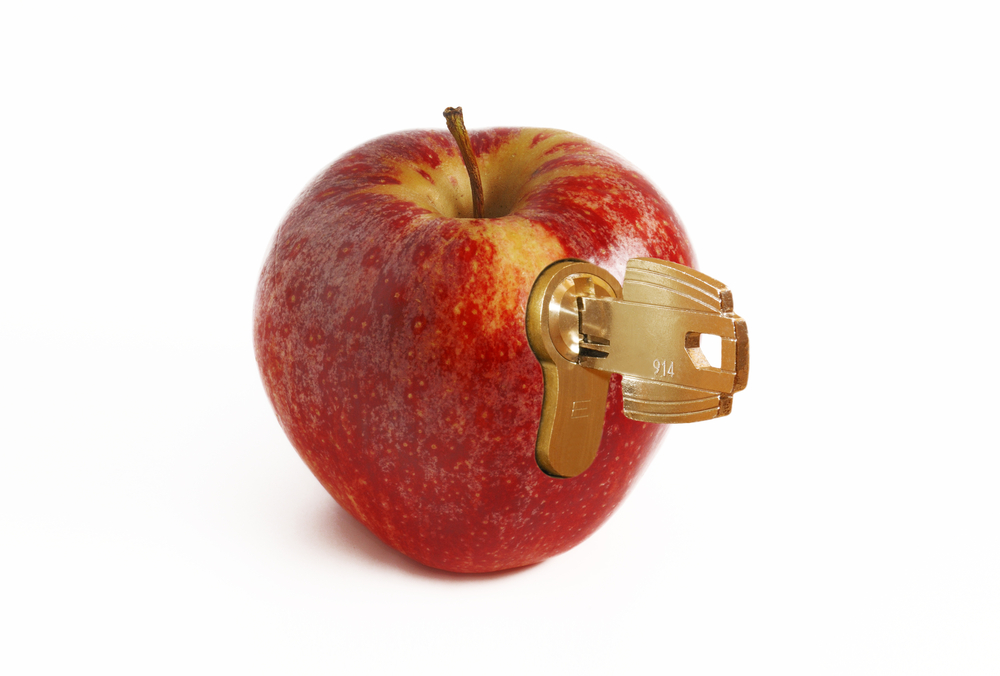
Apple finally patches massive OS X security bug with Mavericks 10.9.2
While I am a Linux guy at heart, I love OS X. After all, both Apple's operating system and Linux distributions are Unix-like. While Microsoft's Windows is relatively safe nowadays, I still feel safest on OS X or Fedora. Well, at least I did feel safe. While Linux remains rock solid, OS X and iOS have been dealt a huge blow from a trust perspective.
You see, on both of Apple's operating systems, there was a massive bug discovered, which rendered SSL to be virtually worthless. The bug was an honest mistake, any programmer could have made it. However, in a company the size of Apple, with all of its billions of dollars, it should have been caught. The entire fiasco puts a spotlight on Apple's checks and balances. Even if this is a one-off oversight, perception by consumers is everything. While the fruit-logo company was (arguably) quick to patch iOS, Mac users were left in the cold. Today, Apple finally throws its users a blanket, and releases an update to patch the nasty bug.

2013's malware trends reveal non-Windows systems face greater threats
Threats to Mac OS X, Linux and Android systems have increased over the past year as the malware landscape has evolved.
This is among the findings of Russian antivirus company Doctor Web which has released its annual overview of threats. Other trends include an increase in the number of programs designed to display annoying ads and a surge in the number of Bitcoin and Litecoin mining trojans.

Switching from a Windows 8.1 PC to Mac -- a painful yet worthwhile transition
Due to my geeky nature I am prone to making rash decisions. If something interesting grabs my attention chances are I will want to try it out right away, without giving too much thought to the possible implications as curiosity gets the best of me. More often than not (luckily), I enjoy the experience from the get-go and end up accepting the new, but this has not been the case with my switch from Windows 8.1 to Mac. Things just did not make sense to me right from the start, it did not feel natural and it did not just work. I have since wanted to go back more times than I can remember.
Years and years of muscle memory and computing habits, that I developed whilst using Windows, went down the drain as I started my Mac experiment (a costly one at that). Bye, bye! The software that I needed or wanted to use was simply not there, or working as I would have liked it to, on OS X. I definitely did not enjoy this part, nor the one where I had to find good alternatives to my favorite programs, learn how to do basic things again, and adapt to what was basically a quirky new platform for me. I am not a masochist, I enjoy trying out new things, but even I had to admit that I was in over my head.

My favorite tech products of 2013 [Mihaita]
Since the beginning of 2013 and until late-December, countless new tech products have tried to outdo their predecessors and the competition, and woo potential buyers, with more features than before (some of them gimmicky, some of them useful), distinct form factors, lower price-tags, wider ranges of color options (like the Lumia series and, later in 2013, the iPhone 5c) and any differentiating factor that can make you say "I'll buy it".
Needless to say, there have been quite a few disappointing new products launched throughout 2013. Going back to CES, we can take a look at some of the best examples of "what were they thinking", starting with a potty that tries to leverage iPad apps to teach your young child how to use one properly. But, at the same time, there are some tech products that were also launched in 2013, and have managed to stand out (in a good way). In this article I will walk you through my favorite ones.

Apple releases OS X 10.9.1 Mavericks
While using the initial OS X 10.9 Mavericks release on my 2013 Apple MacBook Air I noticed major issues with Gmail accounts in the built-in Mail app. Emails were not syncing properly, resulting in a malfunction of the archiving feature and other similar problems. Apple issued an update shortly after launching its new Mac operating system, that aimed to cure the Gmail woes.
Today, Apple released another update for Mavericks, which brings OS X to version 10.9.1 and, among other changes, incorporates improved support for Google's consumer email service in the Mail app and fixes for custom Gmail settings.
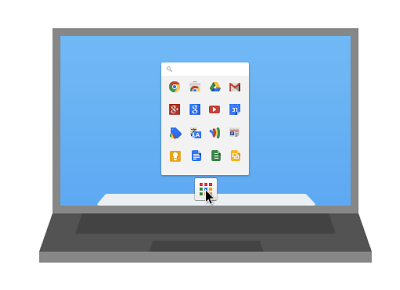
Chrome launcher and apps invade OS X
This is an oversimplification, but Chrome OS is a Linux distribution that serves one purpose -- to run the Chrome browser. Chrome apps then run within that browser. This enables the apps to run on any operating system that can run the Google browser. Essentially, Chrome OS can run from within another operating system by way of the browser.
Back in July, Google released Chrome launcher for Windows 7 and 8. This allows users to interface with the Chrome OS launcher from the Windows taskbar. Sadly, this was a Winows-only affair. Today, Google announces that it is bringing the Chrome launcher to Apple's OS X. In other words, Chrome OS and apps are invading Mac.
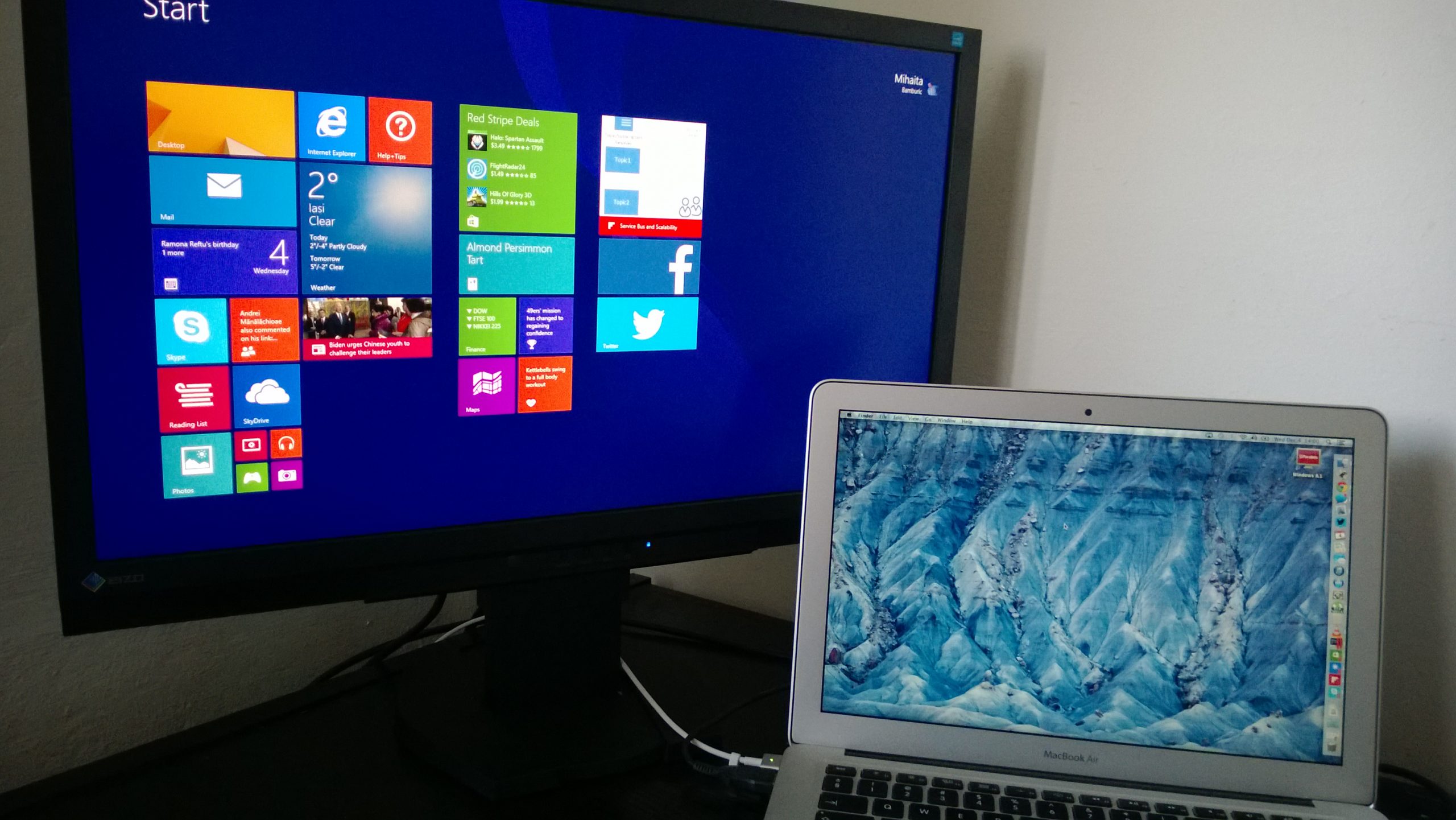
Running Windows 8.1 under Parallels -- better than Boot Camp?
After getting the new 2013 Apple MacBook Air I looked into how I could get it to run Windows 8.1 seamlessly, as my aging HP laptop does. While my needs for using Windows software have decreased dramatically, I do still need a couple of applications every now and then, that either are not available for OS X or do not work as well as I would like them to on Apple's operating system. My first thought was to use Boot Camp, which allows to run Windows 8.1 natively on the MacBook Air, and other Macs.
My experience with Boot Camp has been far from ideal, as some features that I have grown to love in OS X, like the touchpad and the efficient power management, do not work as well under Windows 8.1. This is to be expected because Microsoft did not design its new operating system to run on Macs, but rather PCs, and the drivers provided by Apple are, also, far from perfect. No matter what is to blame, users wanting to run Windows 8.1 will find a way to do it, despite the shortcomings. After my Boot Camp experiment, I decided to try Parallels, one of the best known virtualization software for Macs, to test how well Windows 8.1 can run next to OS X, in a virtual machine.
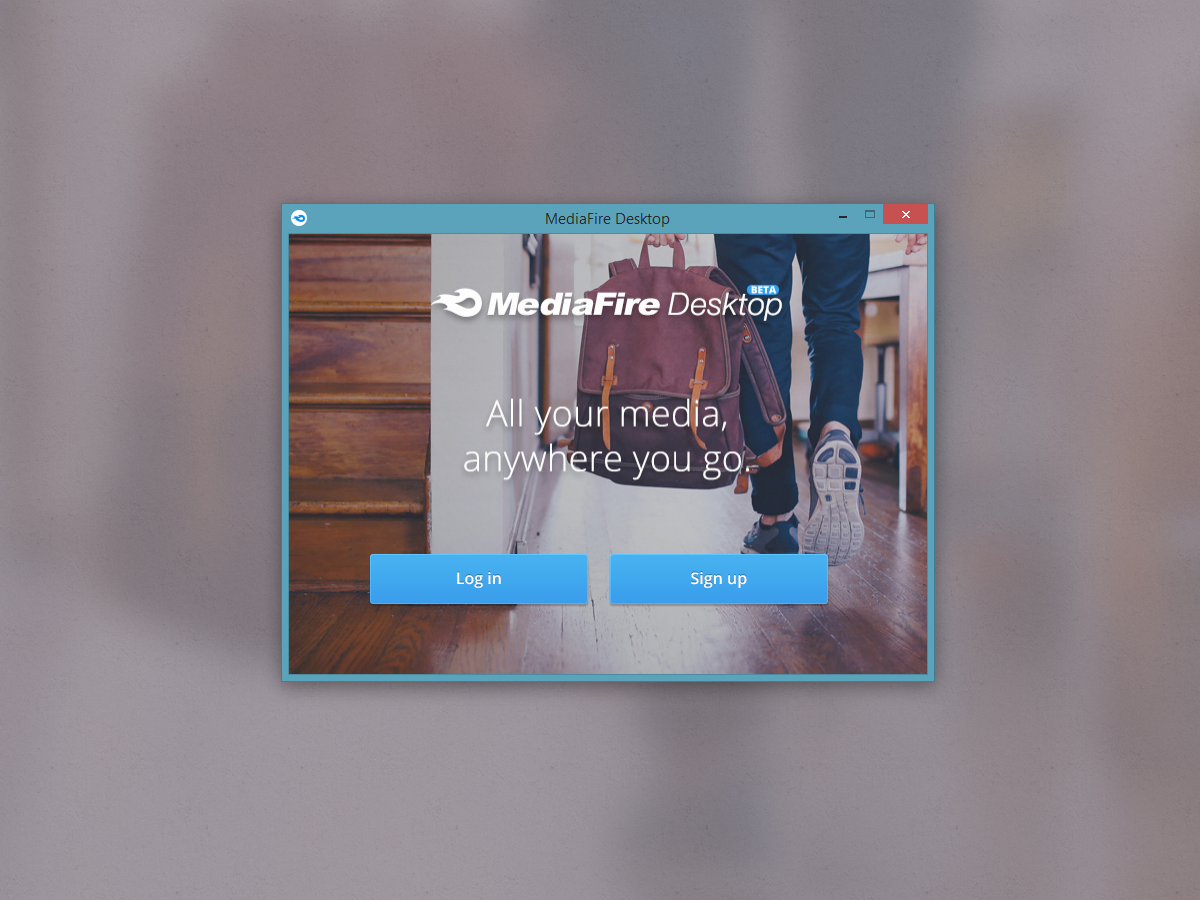
MediaFire Pro giveaway -- 1500 GB of cloud storage for BetaNews readers [Closed]
Cloud storage locker MediaFire has announced the availability of its desktop sync clients for Windows PCs and Macs. The new apps, currently in beta, arrive alongside a revamped web interface that is designed to make editing, sharing and viewing files much easier. The service is currently offering both free (10 GB of storage) and paid plans (Pro and Business), which can take advantage of the new round of changes.
The base MediaFire Pro account includes 100 GB of cloud storage, and currently costs $24.99 per year (50 percent off from the usual $49.99). The company has given us 15 MediaFire Pro account redemption codes to give away to BetaNews readers, providing each winner with 100 GB of cloud storage for a year.

Windows 8.1 on 2013 Apple MacBook Air -- doable, but not a great experience
One of the biggest advantages to owning a Mac, and one of the main reasons why I purchased a 2013 Apple MacBook Air, is the option to run both OS X and Windows natively, without using virtualization software. Apple actively supports Microsoft's PC operating systems by releasing drivers, firmware and documentation, that Mac users can leverage to install Windows and make the best out of a different situation -- after all, Windows is not designed to work on Macs.
The portal to running Windows on Macs is Boot Camp. The OS X software is designed to simplify the process for users, by offering an easy to follow wizard that can be used to create bootable Windows USB drives (and DVDs for older Macs), download drivers, partition the internal drive to make room for the new OS and kick off the installation process. It is very, very user-friendly. Well, most of the time...
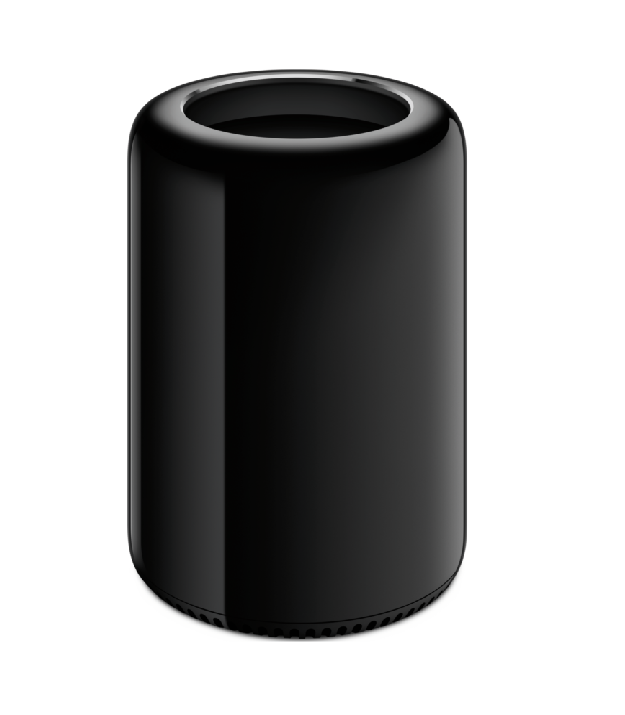
Apple officially launches the cylindrical Mac Pro
Historically, the Mac Pro has been a beast of a machine -- a giant footprint on the desks of professionals. When it was originally released in 2006, it became an iconic fixture among artistic professionals. However, it was not just the outward appearance that was so pleasing to consumers, it was the inside too.
When the first generation was released, I was working at CompUSA. The store had an Apple section with a dedicated representative -- a precursor to the Apple store and its geniuses. We would often open up the machine to show off the internals because it was just that amazing. At the time, the inside of a typical Windows machine was just a mess of wires and poor design. The inside of the Mac Pro was organized and well thought out. Today, in continuing with this tradition, Apple officially launches the all-new Mac Pro. While things change, they also stay the same.

Apple announces updated iWork and iLife apps for free -- although there is a catch
Despite being billed in the press as an iPad event, Apple announced much more than just the iPad Air and new iPad mini today. As well as improved hardware it revealed its OS update Mavericks would be free, and the giveaways didn’t stop there.
Its iWork productivity apps -- Pages, Numbers and Keynote -- and its iLife creativity apps -- iPhoto, iMovie and GarageBand -- have been redesigned to take full advantage of OS X Mavericks and iOS 7, updated to 64-bit, integrated with iCloud and made entirely free. They’ll come bundled with new Macs or iOS devices. If you’re an existing user, and running Mavericks or iOS 7, you’ll be able to update to the new versions. Not planning on buying new hardware and not an existing user? You’ll still need to pay to get them, I’m afraid.
